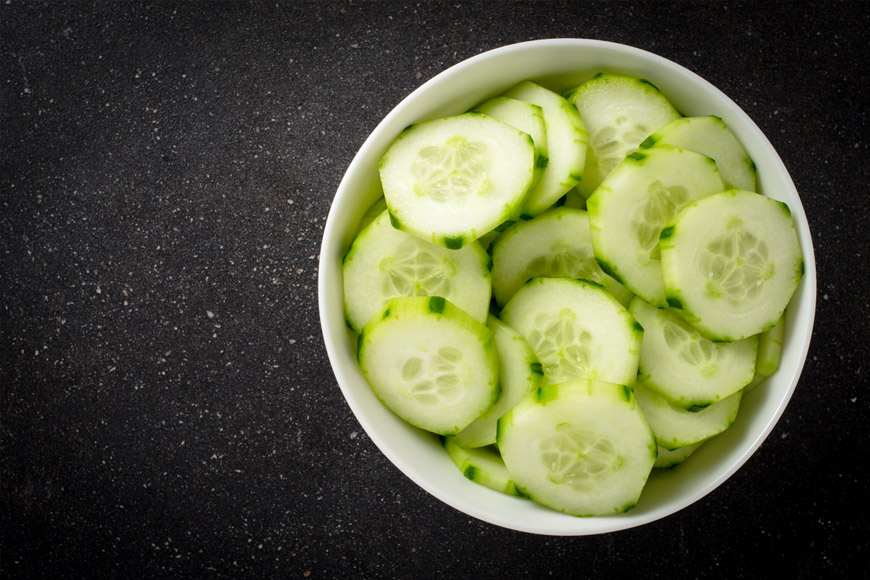A placid sea coast town with striking traditional dwellings, it's a pleasant getaway & one of the most important towns in the East
18 July 2013
| Last updated on 14 June 2017
Sur is the capital city of the Ash Sharqiyah Region of Oman. Historically the city was a well known destination point of sailors who travelled through the spice route. Today the sea continues to play an integral role in the life in Sur. The distance from Sur to Muscat is 335 kilometres via the interior paved road (4 hours) and 240 km via the coastal track (3.5 hours). It can be accessed by buses belonging to the Oman National tourist Corporation as well as saloon cars and 4-wheel drives can be hired from Car rental agencies.

By the 6th century, Sur was an established centre for trade with East Africa. In the 16th century, it was under Portuguese rule but was liberated by the Omani imam Nasir ibn Murshid and underwent an economic revival, as a trade centre with India and East Africa. This continued until the mid-19th century, when the British outlawed the slave trade. The city was further ruined by the opening of the Suez Canal, which saw it lose trade with India.
Sur is a placid sea coast town with its striking traditional dwellings, Sur is a pleasant getaway and one of the most important towns in the Eastern region. The drive from Muscat via the interior cuts through wadis and passes through the Hajar Mountains. An alternate route down the coast through the village of Quriyat is adventurous and offers fabulous views of sparkling white beaches covered with multi coloured shells, deep ravines, cliffs that fall dangerously into azure seas, rocks sculpted by wind and waves and lush green wadis (river beds). The journey ends in the city famous for its dhow shipyards (and presumed home of the legendary Sinbad the Sailor). A trip through its labyrinth of streets reveals many fine old houses with carved doors and arabesque windows. From the corniche, the dhows in the harbour can be seen against the scenic backdrop of the Gulf of Oman.
On the way to Sur one can stop in the fishing village of Quriyat, which was a major port centuries ago. Wadi Shab is another of the must-see wadis of this region - one of several wadis with running water throughout the year. Beyond Sur about 40 kilometres away lie the beaches of R'as Al Hadd and R'as Al Junayz where every year about 30,000 turtles come to lay their eggs.

















































_2.jpg?itok=XEABuHuU)















































_2.jpg?itok=j80YWwf-)



















